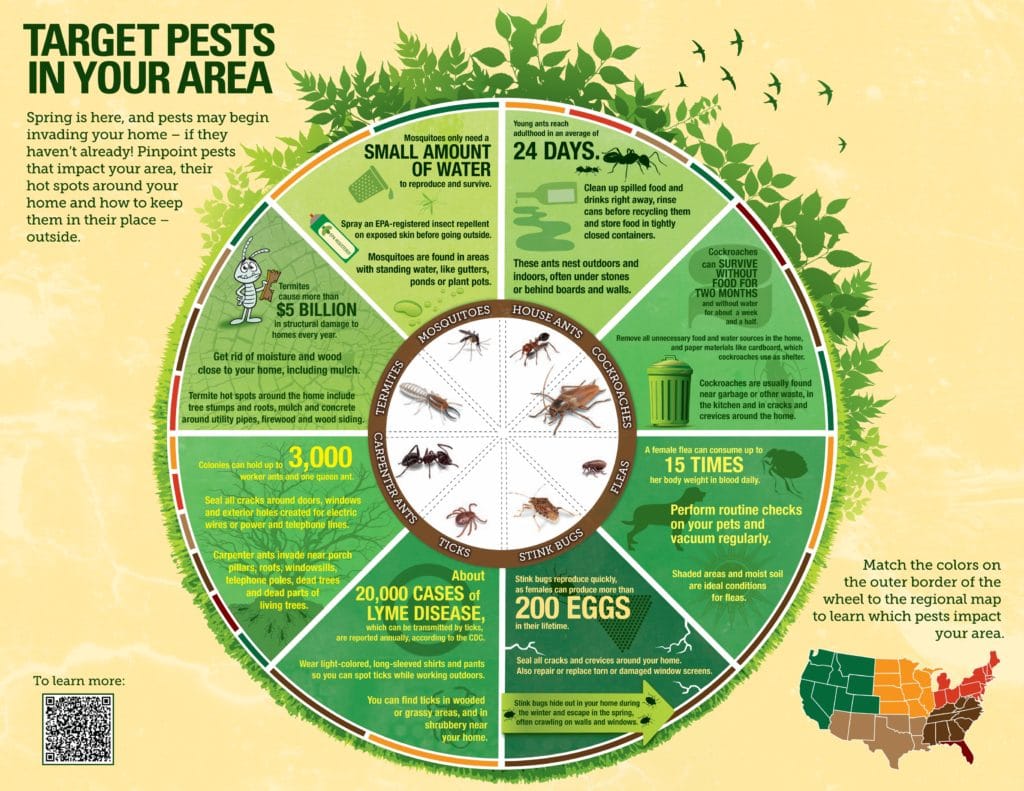Rodent-Proofing Your Attic: Important Tips For Homeowners
Rodent-Proofing Your Attic: Important Tips For Homeowners
Blog Article
Short Article Writer-Webster Cheek
Imagine your attic as a cozy Airbnb for rats, with insulation as fluffy as resort pillows and circuitry more enticing than area solution. Now, imagine these undesirable visitors tossing a wild event in your home while you're away. As best ant killer for house , guaranteeing your attic is rodent-proof is not nearly peace of mind; it has to do with shielding your property and liked ones. So, what basic actions can you require to secure your refuge from these furry intruders?
Check for Entrance Details
To begin rodent-proofing your attic room, examine for entry factors. Begin by meticulously taking a look at the exterior of your home, trying to find any type of openings that rats could use to gain access to your attic. Look for spaces around utility lines, vents, and pipes, along with any kind of fractures or holes in the structure or siding. Ensure to pay close attention to areas where various structure materials fulfill, as these are common entrance factors for rodents.
In addition, inspect the roof for any harmed or missing tiles, as well as any kind of voids around the sides where rats could press through. Inside the attic room, look for indicators of existing rodent task such as droppings, chewed cords, or nesting materials. Make use of a flashlight to completely examine dark corners and covert rooms.
Seal Cracks and Gaps
Inspect your attic extensively for any splits and gaps that require to be sealed to prevent rats from getting in. Rodents can press via also the smallest openings, so it's crucial to seal any type of potential entrance factors. Examine around pipes, vents, cable televisions, and where the wall surfaces meet the roof. Make use of a combination of steel woollen and caulking to seal these openings efficiently. Steel woollen is a superb deterrent as rats can not chew with it. Make sure that all spaces are securely secured to reject accessibility to undesirable parasites.
Don't ignore the significance of sealing gaps around doors and windows also. Use please click the next page removing or door sweeps to seal these locations properly. Examine the areas where utility lines get in the attic room and seal them off using an appropriate sealer. By putting in the time to seal all splits and voids in your attic room, you produce an obstacle that rats will locate difficult to breach. Avoidance is type in rodent-proofing your attic, so be complete in your efforts to seal off any kind of possible access factors.
Remove Food Sources
Take positive actions to remove or store all prospective food resources in your attic to prevent rodents from infesting the room. Rats are brought in to food, so removing their food resources is critical in keeping them out of your attic room.
Here's what please click the following web site can do:
1. ** Shop food securely **: Avoid leaving any kind of food items in the attic. Shop all food in impermeable containers made of metal or durable plastic to prevent rodents from accessing them.
2. ** Clean up debris **: Eliminate any type of stacks of debris, such as old newspapers, cardboard boxes, or wood scraps, that rats can make use of as nesting product or food resources. Maintain the attic room clutter-free to make it much less enticing to rodents.
3. ** Dispose of waste correctly **: If you use your attic room for storage space and have garbage or waste up there, make sure to take care of it on a regular basis and correctly. Rotting trash bin bring in rats, so keep the attic tidy and devoid of any kind of natural waste.
Conclusion
Finally, remember that an ounce of avoidance is worth a pound of treatment when it pertains to rodent-proofing your attic room.
By taking the time to evaluate for entrance points, seal fractures and spaces, and get rid of food sources, you can keep unwanted parasites away.
Keep in mind, 'An ounce of prevention is worth a pound of remedy' - Benjamin Franklin.
Remain positive and shield your home from rodent invasions.
